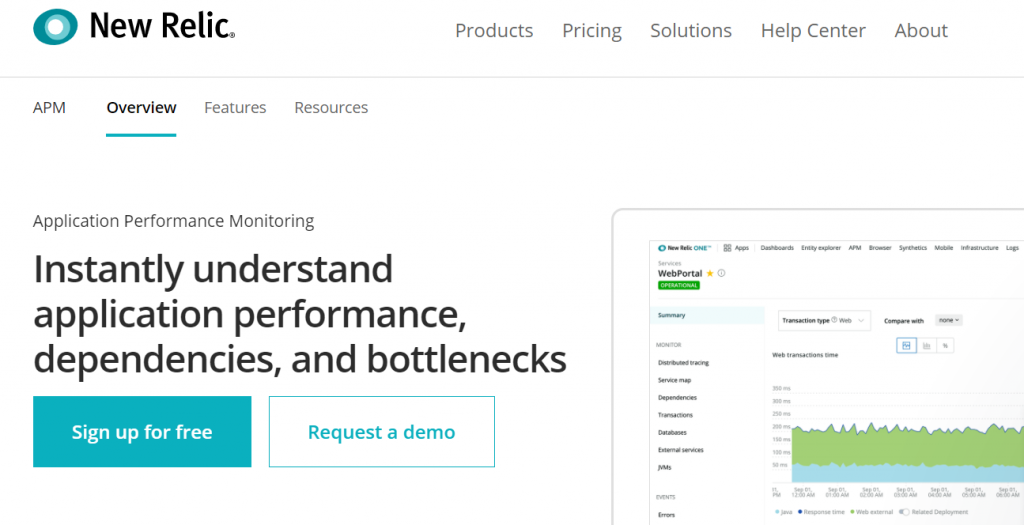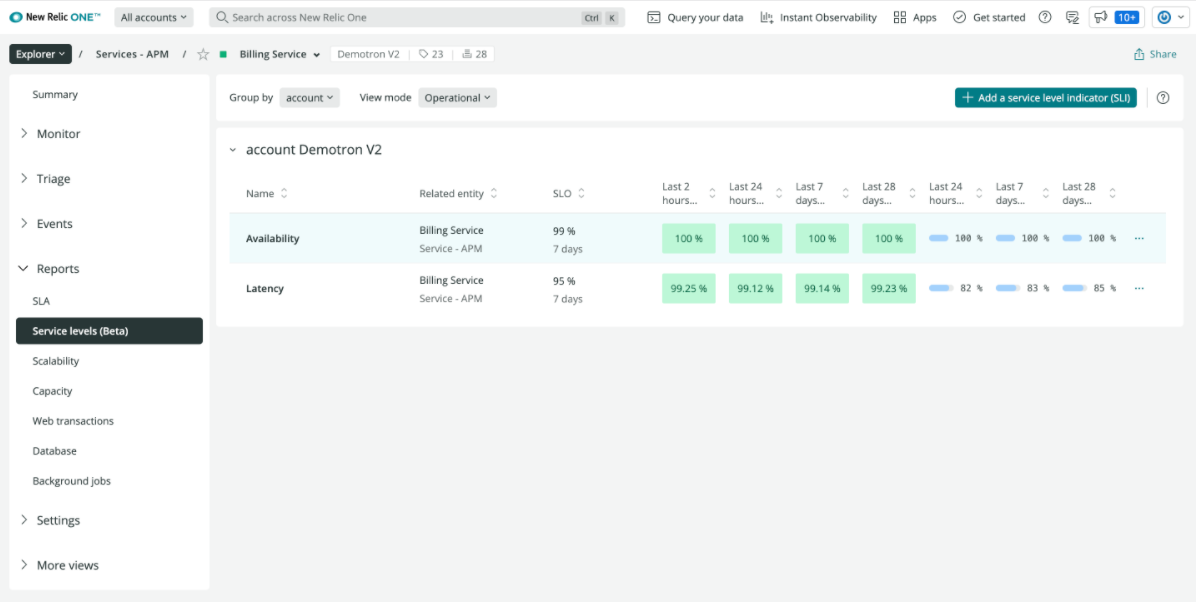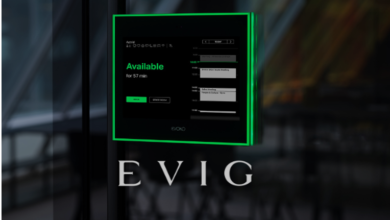How to Turbocharge Your Synthetics Monitoring in New Relic

To get Synthetics Monitoring to work in New Relic, set up monitors for key transactions and synthetic tests. Configure alerts for proactive monitoring.
New Relic is a powerful tool for monitoring and analyzing the performance of your applications. One essential feature is Synthetics Monitoring which allows you to proactively check the health of your applications by running scripted tests regularly. In this guide, we will explore how to set up and configure Synthetics Monitoring in New Relic to ensure optimal performance and reliability.
By following these steps, you can effectively monitor your applications and identify any issues before they impact your users. Let’s dive into the process of getting Synthetics Monitoring up and running in New Relic for improved application performance and user experience.

Credit: mainwp.com
Benefits Of Synthetics Monitoring
Synthetics monitoring plays a crucial role in ensuring the seamless performance and reliability of applications. By simulating user interactions and monitoring critical workflows, it provides valuable insights into the health and functionality of web applications, APIs, and more. Understanding the benefits of synthetics monitoring is essential for organizations looking to enhance their digital experiences and maintain high-performing applications.
Improved Application Performance
Synthetics monitoring enables organizations to proactively identify and address performance issues. By continuously simulating user interactions, it helps in identifying slow-loading pages, API bottlenecks, and other performance-related issues. This allows for swift remediation of issues before they impact end-users, ultimately leading to improved application performance.
Enhanced User Experience
With synthetics monitoring, organizations can gain real-time insights into user experience across different geographies and devices. This data helps in identifying potential points of failure in the application, ensuring a seamless user experience. By detecting and addressing issues early, organizations can provide an enhanced user experience, leading to higher user satisfaction and loyalty.
Introduction To New Relic Synthetics
Learn how to set up Synthetics monitoring in New Relic and optimize your website’s performance with this comprehensive guide. Gain insights into the step-by-step process of getting Synthetics monitoring to work effectively, ensuring a seamless user experience for your audience.
Overview Of Synthetic Monitoring
New Relic Synthetics is a powerful tool for monitoring website and application performance. It allows you to create scripted tests that mimic real user interactions to ensure your systems are functioning as expected.
Key Features Of New Relic Synthetics
New Relic Synthetics offers a range of features that make it a versatile monitoring solution. Features include multi-step API testing, scripted browser tests, mobile app monitoring, and global monitoring locations.
Choosing The Right Synthetic Monitors
When it comes to getting synthetics monitoring to work in New Relic, choosing the right synthetic monitors is crucial. It is essential to focus on identifying critical user flows and defining key performance metrics.
Identify Critical User Flows
Identifying critical user flows involves pinpointing the most important paths that users take on your website or application. This helps in determining which transactions or processes need to be monitored closely.
Define Key Performance Metrics
Defining key performance metrics means outlining the specific parameters that will be used to measure the success and efficiency of your synthetic monitors. These metrics are essential for understanding the overall performance of your system.
Optimizing Synthetic Scripting
Optimizing Synthetic Scripting is crucial for ensuring reliable and accurate synthetic monitoring in New Relic. By fine-tuning the scripts used for synthetic monitoring, you can enhance the effectiveness of your monitoring efforts and gain valuable insights into the performance of your applications and services.
Utilizing Customizable Scripts
Customizable scripts play a vital role in tailoring synthetic monitoring to meet the specific requirements of your applications. Leverage the flexibility of customizable scripts to replicate user interactions and workflows that are unique to your application. By creating custom scripts, you can accurately simulate the real user experience and capture performance metrics that align with your application’s usage patterns.
Implementing Dynamic Variables
Dynamic variables are instrumental in ensuring the realism of synthetic monitoring scripts. By incorporating dynamic variables, such as user input data or session tokens, into your scripts, you can emulate varying user interactions and validate the responsiveness of your application under different scenarios. Leverage dynamic variables to introduce randomness and variability into your synthetic transactions, enabling comprehensive testing of your application’s behavior.
Leveraging Alerts And Notification
Maximize the effectiveness of Synthetics Monitoring in New Relic by leveraging alerts and notifications. Set up custom alerts to proactively monitor the availability and performance of your applications and receive real-time notifications to address any issues promptly. With tailored alerting strategies, you can ensure that Synthetics Monitoring works seamlessly for your specific requirements.
Setting Up Proactive Alerts
When it comes to synthetics monitoring in New Relic, setting up proactive alerts is a crucial step. These alerts ensure that you stay on top of any issues or incidents that may affect the performance or availability of your applications. By configuring alerts, you can receive instant notifications when a specific condition or threshold is met, enabling you to take immediate action and minimize any potential impact.
Here’s how you can set up proactive alerts in New Relic:
- Log in to your New Relic account and navigate to the “Synthetics” section.
- Select the application or monitor you want to set up alerts for.
- Click on the “Alerts” tab to access the alerting configuration.
- Define the conditions that should trigger an alert. You can choose from various options, such as response time, error rate, or specific HTTP status codes.
- Specify the threshold or values that should activate the alert. For example, if you want to be notified when the response time exceeds 2 seconds, you can set the threshold accordingly.
- Customize the sensitivity and duration settings for the alert. These settings determine how strict the alerting rules should be and for how long the conditions need to persist before triggering an alert.
- Save the alert configuration and ensure that it is enabled.
Configuring Notification Channels
Configuring notification channels is the next step to effectively leverage alerts in New Relic. Once an alert is triggered, it is essential to route the notifications to the right channels, ensuring that the relevant teams or individuals are promptly notified. New Relic provides several notification channels for you to choose from, including email, SMS, PagerDuty, Slack, and more.
Here’s how you can configure notification channels in New Relic:
- Access the “Notification channels” section in your New Relic account.
- Select the desired channel you want to configure, such as email or Slack.
- Provide the necessary details for the chosen channel, such as email addresses, phone numbers, or Slack webhooks.
- Configure the alert policies that should be associated with the notification channel. You can choose to receive notifications for all alerts or only for specific ones.
- Save the configuration and ensure that the notification channel is active.
By setting up proactive alerts and configuring notification channels in New Relic, you can establish an effective system to monitor the performance and availability of your applications. This proactive approach enables you to identify issues early on and take immediate action, ensuring that your applications deliver optimal user experiences.

Credit: docs.newrelic.com

Credit: sdtimes.com
Conclusion
Incorporating synthetics monitoring in New Relic can significantly improve your application’s performance. With a proactive approach to problem-solving, you can ensure seamless user experiences and minimize downtime. By following the steps outlined in this guide, you can harness the full potential of synthetics monitoring and keep your systems running smoothly.



